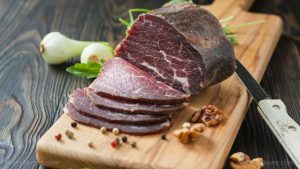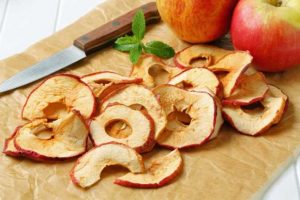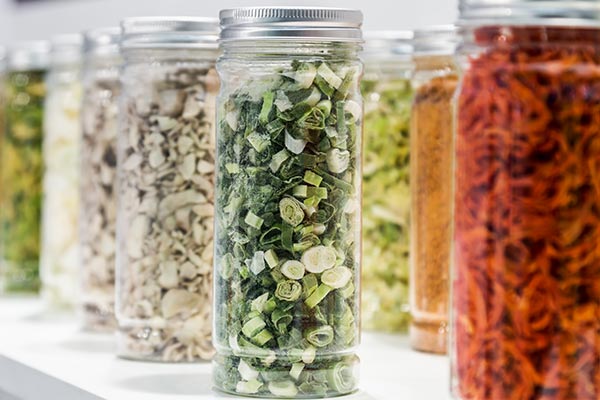
Fermenting
Fermentation is a traditional way of preserving food, like fresh produce and dairy, all around the world. This method allows natural microorganisms, like bacteria, to increase the lactic acid in food. The lactic acid preserves the food. Some of the most popular fermented foods include kimchi, sauerkraut, sourdough, and yogurt. Here's a simple way to ferment vegetables:
- Slice your vegetables finely, then use a tablespoon of salt to remove some of the moisture from the slices.
- Remove as much liquid as possible by squeezing them with your hand. Ensure that you are catching the liquid in a glass or ceramic container because this will be used for the brine they will be fermented in.
- Put the sliced vegetables into the brine, ensuring that they are fully submerged.
- Let the vegetables ferment at room temperature. Check it every day, and add extra brine as needed to keep the vegetables covered. Also look for any signs of mold.
- Taste the vegetables to determine whether they have been fermented long enough.
- Once the vegetables have fermented long enough, you can slow the process by moving the container to a cool place. Slowing down the fermentation process can make the food tangier as it stores.
Dry Curing

Dry curing is mostly used for preserving meat. In this method, all you need is meat, salt, brown sugar, curing salts, and some wooden shelves or boxes for storing. Meat that has been dry-cured does not need to be refrigerated. Here's a simple way to cure meat:
- Rinse the meat and pat it dry.
- Cut off any chunks of visible fat for the salt to penetrate well.
- Combine salt, curing salts, and sugar. For 100 pounds of meat, you will need 8 pounds of salt, 2 pounds sugar, and 2 ounces of curing salt.
- Divide the mixed cure into two. The first half will be used on the first day of curing, and the second half will be used on the seventh day.
- Rub the mixture thoroughly on every chunk of meat you'll be drying. You need to cover all surfaces of the meat, especially the area of the bones.
- Place the meat in a cool environment in wooden shelves or boxes. After a week, take it out and check it carefully.
- Apply the remaining cure mix, then put the meat back to it's resting place.
- Leave the meat there for a month. If the temperature drops below the freezing point, you will have to extend the resting period.
- If the meat is ready, move it to a warmer place to hang. The temperature should be around 50 degrees Fahrenheit. Make sure that the meat is hung in a place where pests and pets can't get to it.
- Leave the meat to finish the curing process. It will shrink as it continues to dehydrate.
- When you are ready to eat it, rinse the meat thoroughly to remove excess salt. Check for mold or funny smells, and cook as normal.
Dehydrating

Dehydrating food can increase its storability. Foods that are commonly preserved through dehydrating include fruits, vegetables like lima beans and snap beans, and meat. You can have a solar dehydrator set-up to keep your food clean and safe. Here are the steps to dehydrating food:
- Get your dehydrator ready.
- Slice the food into thin slices, not thicker than ½ an inch.
- Blanch your food to help reduce potential pathogens. Make sure to put the food slices in cold water when you are ready to stop the cooking process.
- Spread the slices in the tray of your solar dehydrator, but leave a little space between each slice to help promote airflow.
- Rotate the trays daily until the food slices are dry.
Of course, there are more ways to store fruits and vegetables for the long term. Read more news stories and studies on how to prepare survival food by going to FoodSupply.news.
Sources include:
Please contact us for more information.





















